Home>Gardening & Outdoor>Landscaping Ideas>Which Is Best Artificial Grass
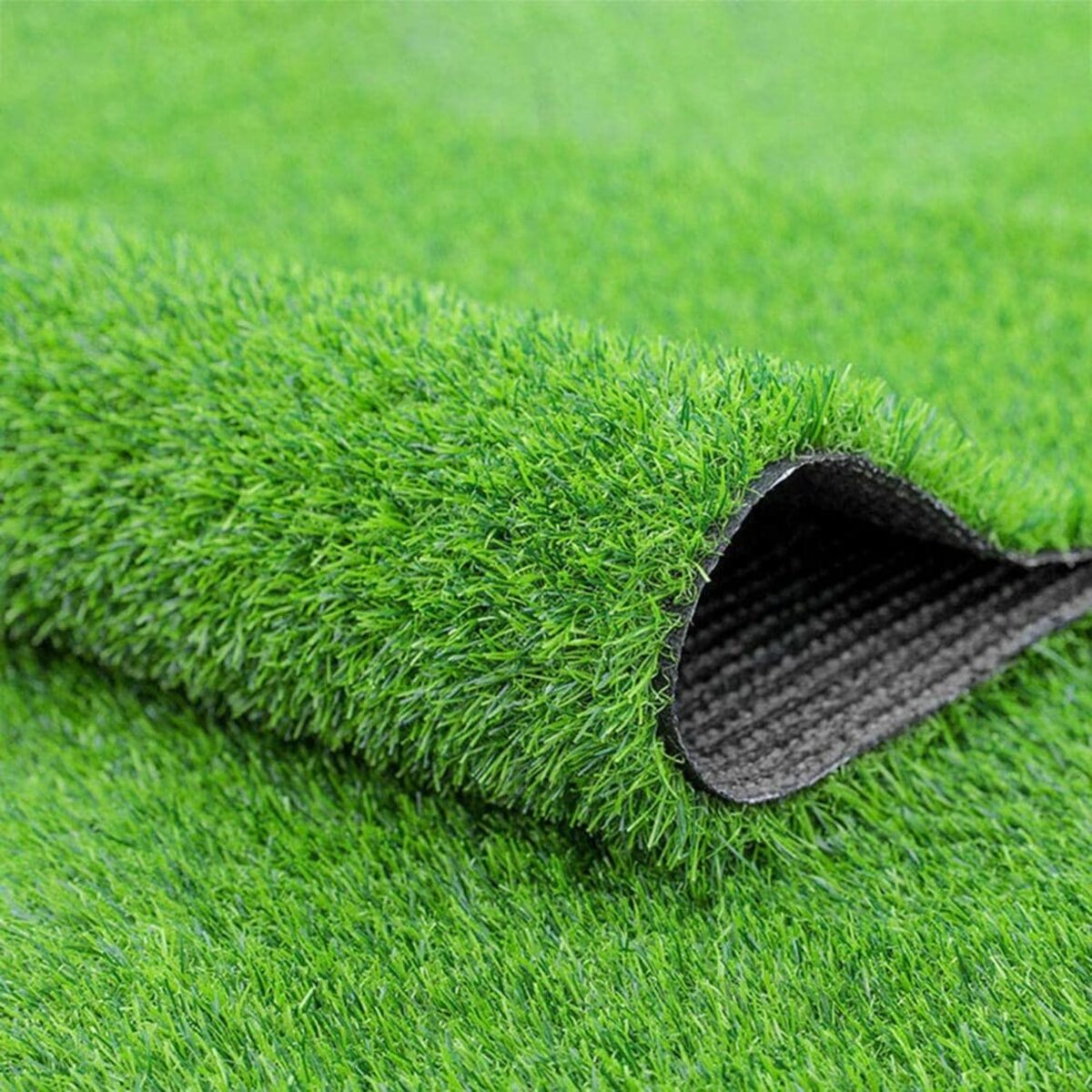

Landscaping Ideas
Which Is Best Artificial Grass
Modified: March 24, 2024
Discover the top artificial grass options for your landscaping ideas. Find the best artificial grass for your outdoor space. Explore now!
(Many of the links in this article redirect to a specific reviewed product. Your purchase of these products through affiliate links helps to generate commission for Storables.com, at no extra cost. Learn more)
Introduction
When it comes to creating a lush, green landscape, artificial grass has become an increasingly popular choice for homeowners and businesses alike. This synthetic alternative to natural grass offers a range of benefits, from low maintenance requirements to year-round aesthetic appeal. However, with various options available in the market, it can be challenging to determine which type of artificial grass is best suited for your specific needs. In this comprehensive guide, we will explore the key factors to consider when choosing artificial grass, including cost, durability, maintenance, appearance, and environmental impact. By the end of this article, you will have a clearer understanding of the different types of artificial grass and be equipped to make an informed decision for your landscaping project.
Key Takeaways:
- Artificial grass is a cost-effective and sustainable choice for landscaping, offering long-term savings and benefits by eliminating the need for watering, mowing, and fertilizing, making it an eco-friendly option for vibrant outdoor spaces.
- High-quality artificial grass closely resembles natural grass in appearance, durability, and environmental impact, providing a low-maintenance and visually appealing landscaping solution for homes and businesses.
Read more: Which Pavers Are Best For Patio
Cost
One of the primary considerations when selecting artificial grass is the cost. While the initial investment for artificial grass may seem higher than natural grass, it is essential to consider the long-term financial implications. Artificial grass eliminates the need for watering, mowing, fertilizing, and pesticides, resulting in significant cost savings over time. Additionally, artificial grass maintains its vibrant appearance throughout the year, reducing the expenses associated with lawn maintenance and upkeep.
When comparing the cost of artificial grass options, it is crucial to assess the quality and durability of the materials. Higher-quality artificial grass may have a higher upfront cost but can offer greater longevity and resilience, ultimately providing a better return on investment. Factors such as pile height, density, and backing materials can influence the overall cost of artificial grass.
Furthermore, the installation process and any additional features, such as drainage systems or infill materials, can affect the total cost of artificial grass. It is advisable to consult with professional landscapers or suppliers to obtain accurate cost estimates based on the specific requirements of your landscaping project.
Ultimately, while the initial cost of artificial grass may vary depending on the quality and features, it is essential to consider the long-term savings and benefits it offers, making it a cost-effective and sustainable choice for landscaping needs.
Durability
When evaluating artificial grass options, durability is a crucial factor to consider. High-quality artificial grass is designed to withstand varying weather conditions, heavy foot traffic, and prolonged use without losing its aesthetic appeal. The durability of artificial grass is influenced by several key components, including the materials used, construction techniques, and backing systems.
Quality artificial grass is typically constructed with UV-stabilized fibers that are resistant to fading and degradation caused by prolonged sun exposure. This ensures that the grass retains its vibrant green color over an extended period. Additionally, durable artificial grass is engineered to withstand temperature fluctuations, ensuring that it remains resilient in both hot and cold climates.
The backing system of artificial grass also plays a significant role in its durability. A robust backing, often made from latex or polyurethane, enhances the stability and longevity of the turf, preventing it from deteriorating or becoming displaced over time. Proper installation, including adequate securing of the backing and seaming techniques, further contributes to the durability of artificial grass.
Furthermore, the pile height and density of the artificial grass impact its ability to withstand heavy use. Higher-density turf with shorter pile heights tends to offer greater durability, making it suitable for areas with high foot traffic, such as residential lawns, playgrounds, and commercial spaces.
Overall, selecting durable artificial grass ensures that your landscaping investment maintains its visual appeal and functionality for years to come, providing a long-lasting and low-maintenance solution for outdoor spaces.
Maintenance
One of the most appealing aspects of artificial grass is its minimal maintenance requirements compared to natural grass. Artificial turf eliminates the need for regular mowing, watering, and fertilizing, saving both time and resources. However, while artificial grass significantly reduces maintenance efforts, it still requires some care to preserve its appearance and functionality over time.
Regular maintenance for artificial grass primarily involves removing debris, such as leaves, twigs, and other organic matter, to prevent the accumulation of debris on the surface. This can be easily accomplished with a leaf blower or a gentle rake, ensuring that the turf remains clean and debris-free.
Additionally, occasional brushing or raking of the artificial grass fibers helps to maintain their upright position and prevents matting, especially in high-traffic areas. This simple maintenance task revitalizes the appearance of the turf, keeping it looking lush and natural.
For pet owners, cleaning up after pets is an essential part of artificial grass maintenance. Regularly removing solid waste and rinsing the area with water helps to keep the turf clean and hygienic. Some artificial grass products are designed with specialized drainage systems to facilitate the removal of liquids, ensuring easy maintenance and odor control.
Furthermore, periodic inspections of the artificial grass for signs of wear, damage, or infill displacement are recommended. Addressing any issues promptly can help prolong the lifespan of the turf and maintain its overall quality.
Overall, while artificial grass requires significantly less maintenance than natural grass, simple upkeep tasks such as debris removal, brushing, and occasional rinsing are essential to preserve its appearance and functionality, providing a hassle-free and visually appealing landscaping solution.
When choosing artificial grass, look for a high-quality material that is UV resistant, has good drainage, and a realistic appearance. Consider the pile height, density, and backing for durability.
Appearance
The visual appeal of artificial grass is a key consideration for many property owners, as it serves as the foundation for creating a vibrant and natural-looking landscape. High-quality artificial grass is designed to closely resemble the lush appearance of natural grass, offering a realistic and aesthetically pleasing alternative for outdoor spaces.
Advancements in synthetic turf technology have led to the development of artificial grass that features a combination of different blade shapes, colors, and textures, mimicking the variegated look of natural grass. This attention to detail ensures that the artificial turf closely resembles the real thing, creating an inviting and verdant outdoor environment.
Furthermore, the durability of artificial grass contributes to its long-lasting visual appeal. Quality synthetic turf maintains its vibrant color and texture throughout the seasons, providing a consistently lush and green landscape without the maintenance requirements of natural grass. This resilience to weather conditions, foot traffic, and pet use ensures that the artificial grass retains its pristine appearance year-round.
Additionally, artificial grass offers flexibility in design and customization, allowing property owners to create tailored landscapes that suit their preferences and functional needs. Whether used for residential lawns, commercial spaces, or recreational areas, artificial grass can be installed in various patterns and configurations to achieve desired aesthetics, from neatly manicured lawns to naturalistic settings.
Moreover, artificial grass enhances curb appeal and adds value to properties, creating inviting outdoor spaces that remain visually striking without the need for extensive maintenance or upkeep.
Overall, the appearance of high-quality artificial grass closely mirrors that of natural grass, providing a visually appealing and enduring landscaping solution for a range of outdoor environments.
Read more: Which Trex Decking Is Best
Environmental Impact
When considering artificial grass for landscaping projects, it is important to evaluate its environmental impact, particularly in comparison to natural grass. Artificial grass offers several environmental benefits that make it a sustainable choice for outdoor spaces.
One of the primary environmental advantages of artificial grass is its water conservation benefits. Unlike natural grass, which requires regular watering to maintain its vitality, artificial turf eliminates the need for irrigation, significantly reducing water consumption. This conservation of water resources is particularly beneficial in regions prone to drought or water restrictions, where artificial grass provides a viable solution for maintaining green landscapes without straining water supplies.
Furthermore, the absence of traditional lawn maintenance practices associated with natural grass, such as mowing and the use of chemical fertilizers and pesticides, contributes to a reduction in air and noise pollution. Artificial grass eliminates the need for gas-powered lawn mowers and minimizes the use of synthetic lawn care products, resulting in a smaller environmental footprint and improved air quality.
Additionally, the longevity and durability of artificial grass contribute to its environmental sustainability. High-quality synthetic turf is designed to withstand years of use without deteriorating, reducing the frequency of replacement and minimizing waste. This long lifespan aligns with principles of environmental conservation and waste reduction, making artificial grass a sustainable choice for landscaping projects.
Moreover, the innovative materials used in the production of artificial grass are often recyclable and contribute to the overall sustainability of the product. As the demand for eco-friendly landscaping solutions continues to grow, manufacturers are increasingly focused on developing recyclable and environmentally conscious artificial grass options, further enhancing the environmental credentials of synthetic turf.
Overall, artificial grass offers a range of environmental benefits, including water conservation, reduced pollution, and long-term sustainability, making it an eco-friendly choice for creating vibrant and resilient landscapes while minimizing environmental impact.
Conclusion
Choosing the best artificial grass for your landscaping needs involves considering a variety of factors, including cost, durability, maintenance, appearance, and environmental impact. By carefully evaluating these aspects, you can make an informed decision that aligns with your preferences, budget, and environmental considerations.
When assessing the cost of artificial grass, it is essential to weigh the initial investment against the long-term savings and benefits, considering factors such as quality, installation requirements, and additional features.
Durability is a key consideration, as high-quality artificial grass is designed to withstand varying weather conditions, heavy use, and prolonged sun exposure while maintaining its aesthetic appeal.
Artificial grass offers minimal maintenance requirements compared to natural grass, with simple upkeep tasks ensuring that the turf remains clean, vibrant, and functional over time.
The appearance of artificial grass closely resembles that of natural grass, providing a lush and inviting landscape that enhances curb appeal and adds value to properties.
Furthermore, the environmental impact of artificial grass, including water conservation, reduced pollution, and long-term sustainability, positions it as an eco-friendly choice for creating vibrant and resilient landscapes.
In conclusion, artificial grass presents a compelling alternative to natural grass, offering a range of benefits that make it a practical, cost-effective, and environmentally conscious landscaping solution. By carefully considering the factors outlined in this guide, you can select the best artificial grass that meets your specific needs and contributes to the creation of enduring and visually captivating outdoor spaces.
Frequently Asked Questions about Which Is Best Artificial Grass
Was this page helpful?
At Storables.com, we guarantee accurate and reliable information. Our content, validated by Expert Board Contributors, is crafted following stringent Editorial Policies. We're committed to providing you with well-researched, expert-backed insights for all your informational needs.
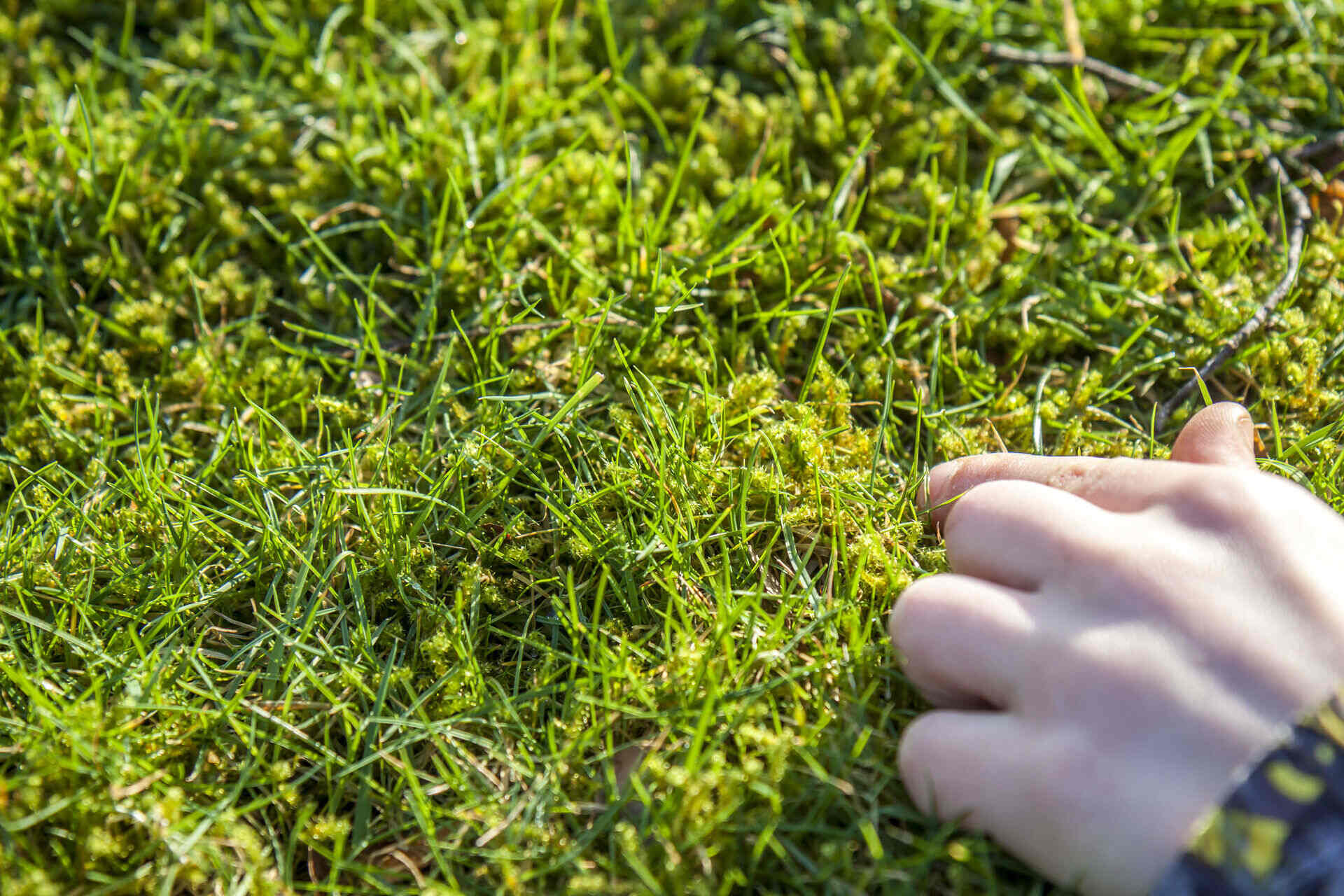

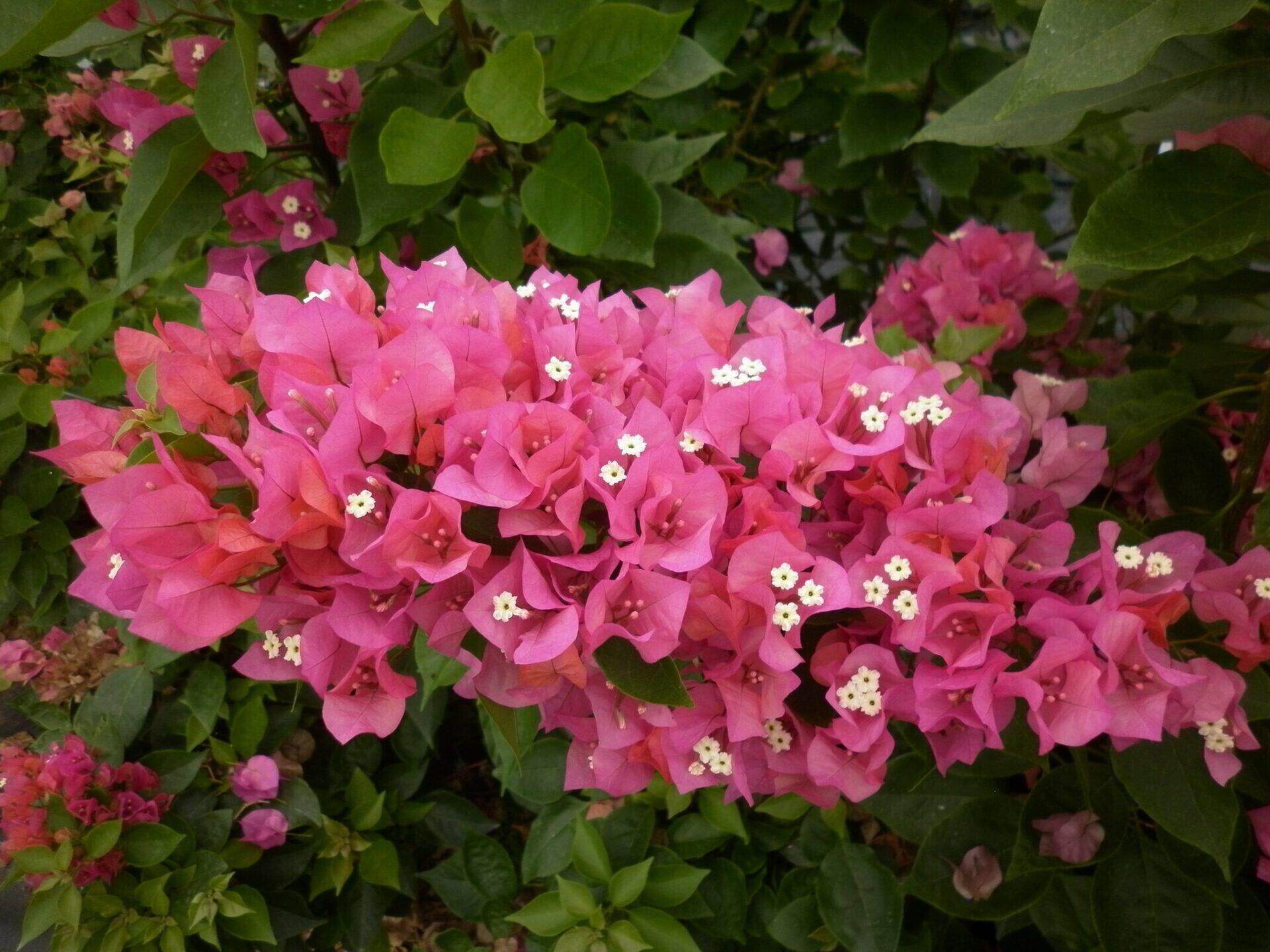
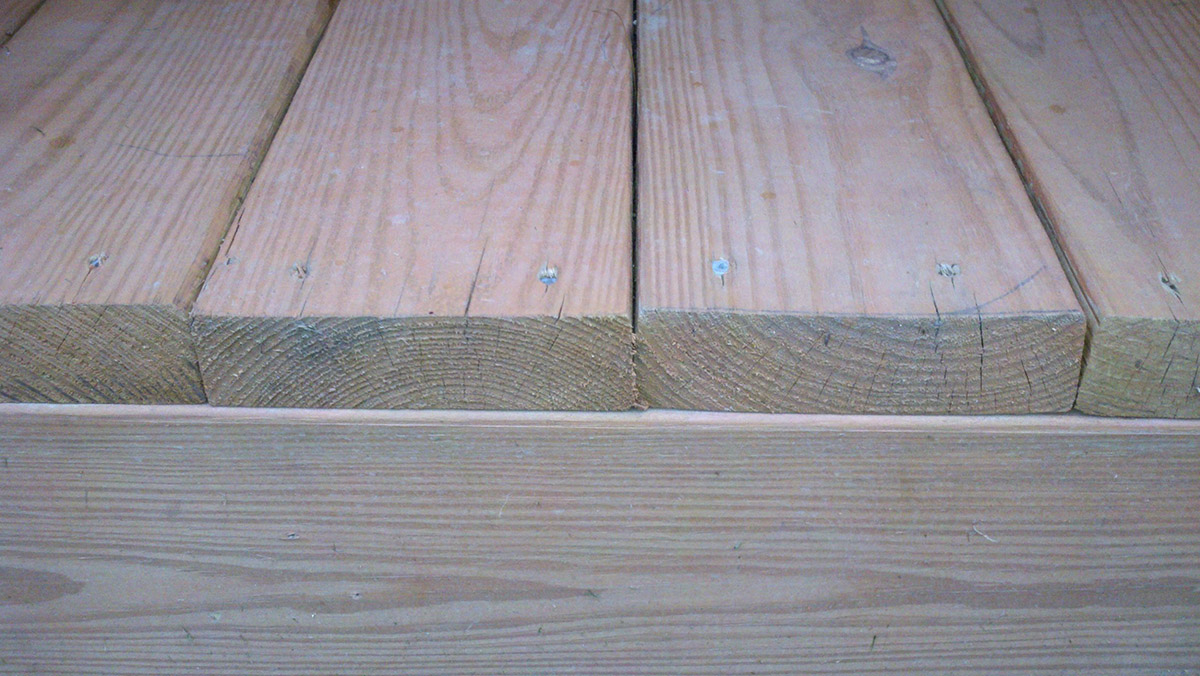
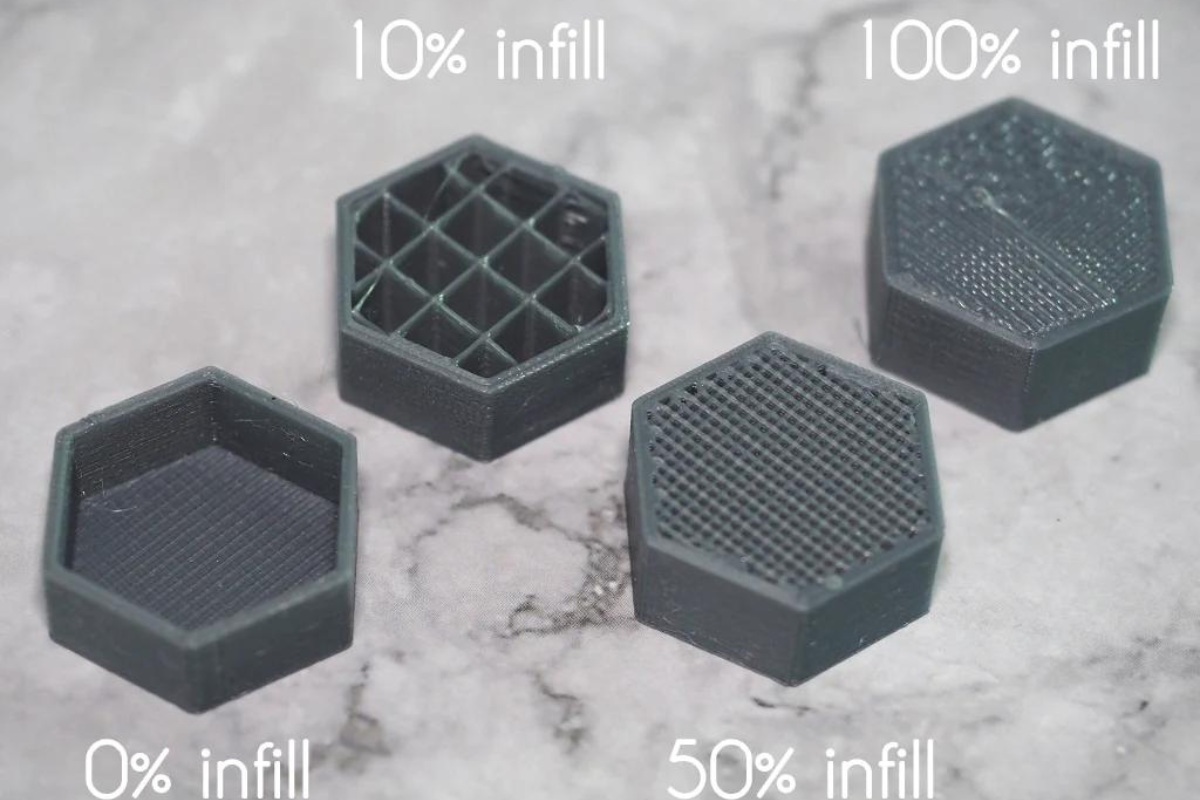
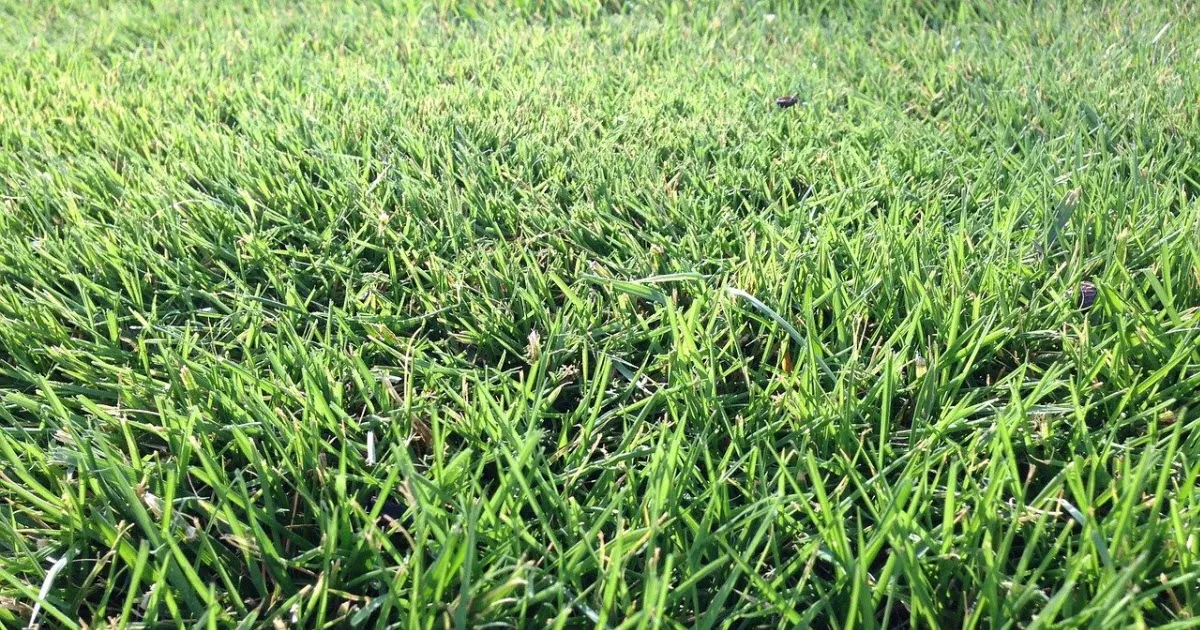
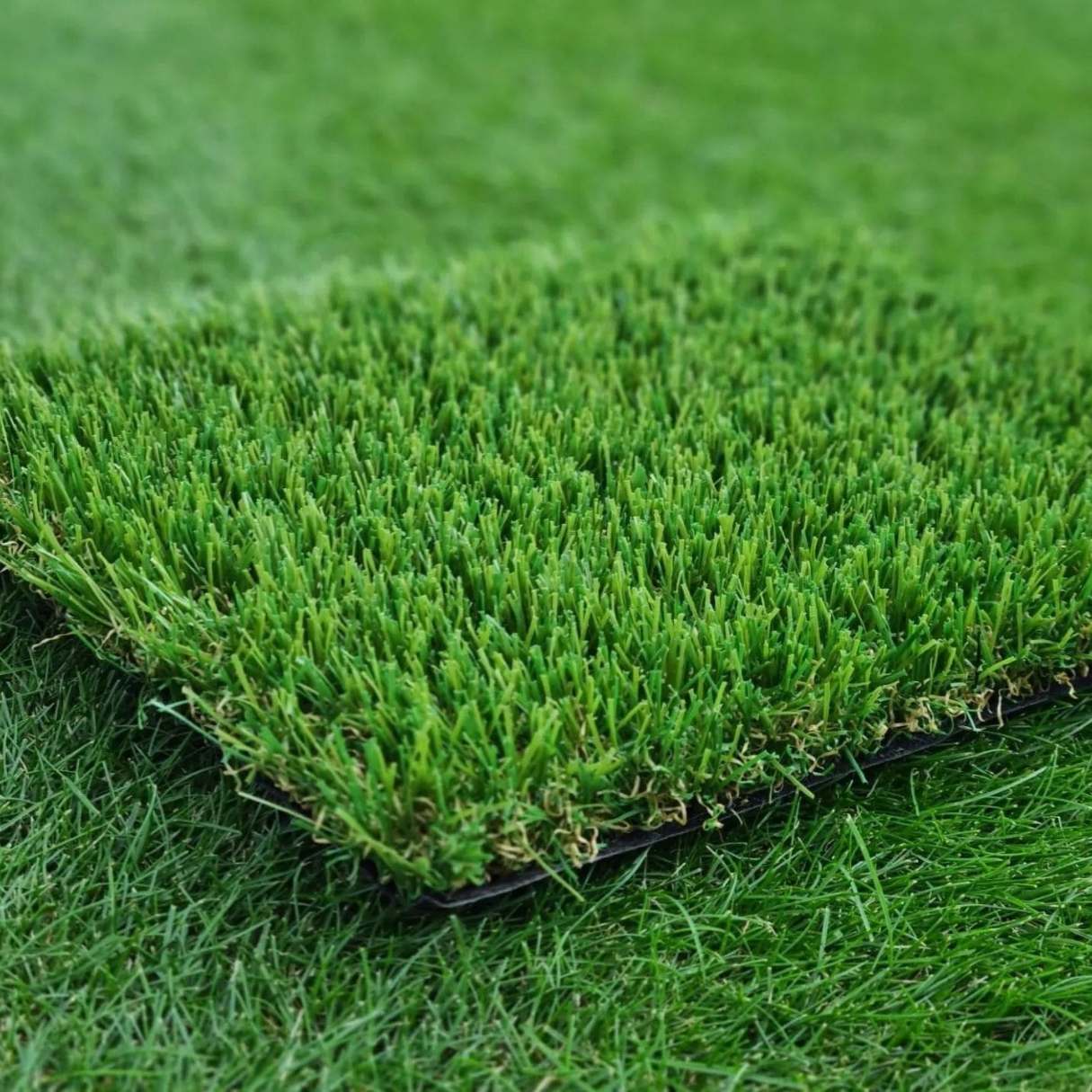
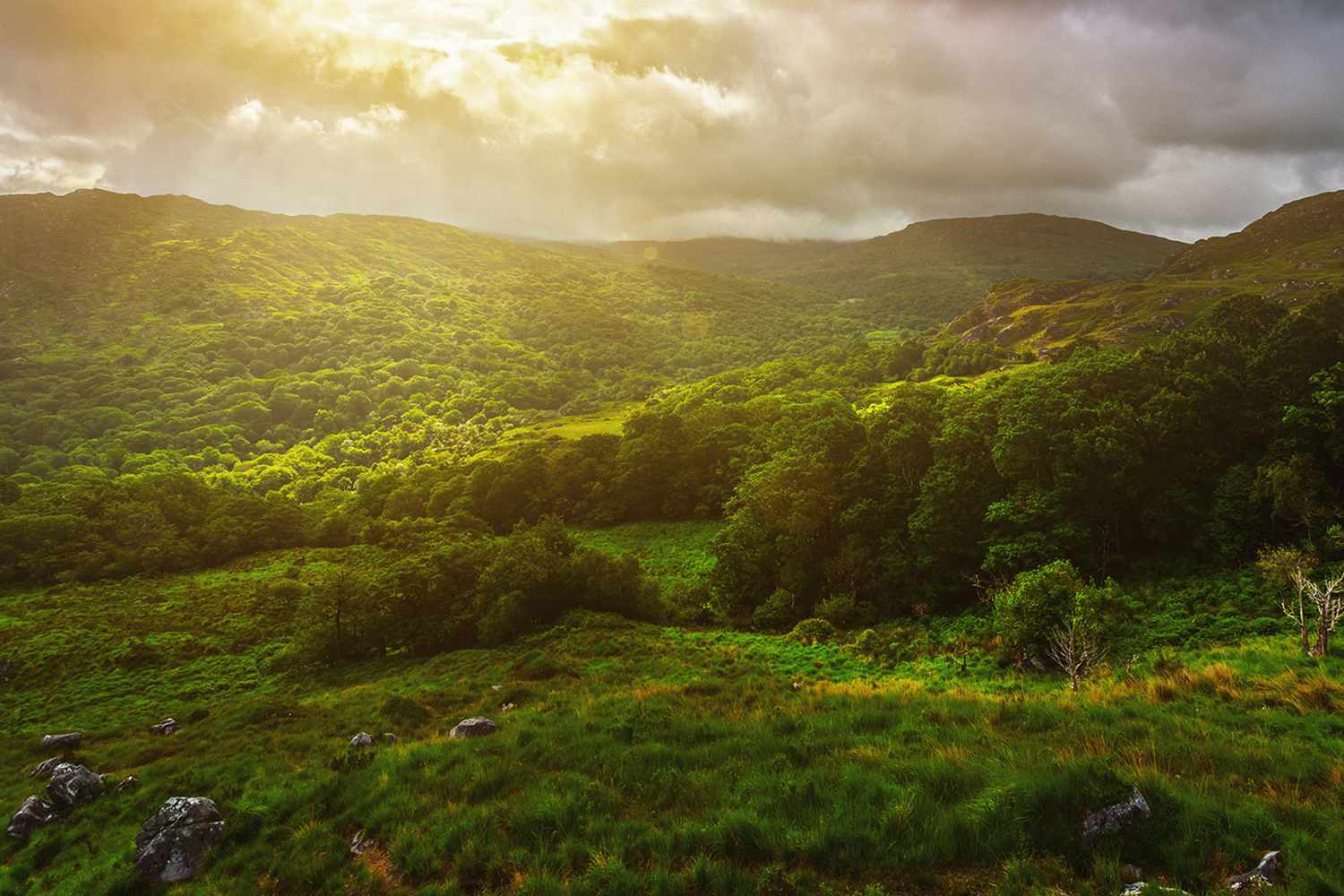
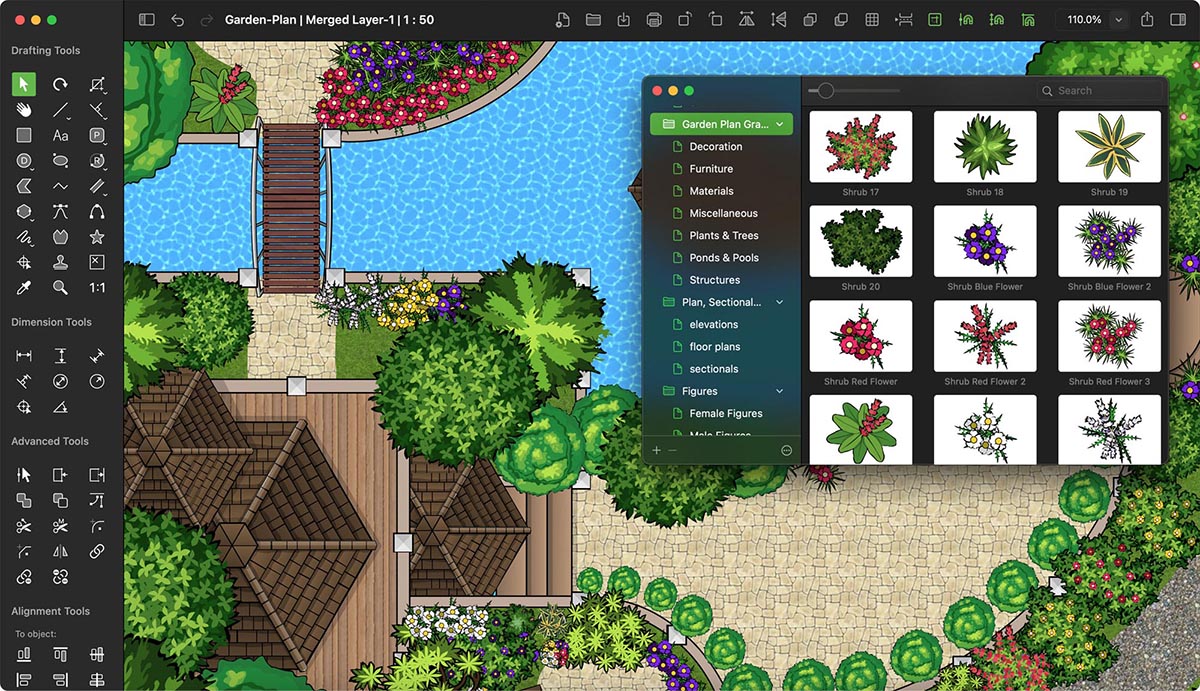
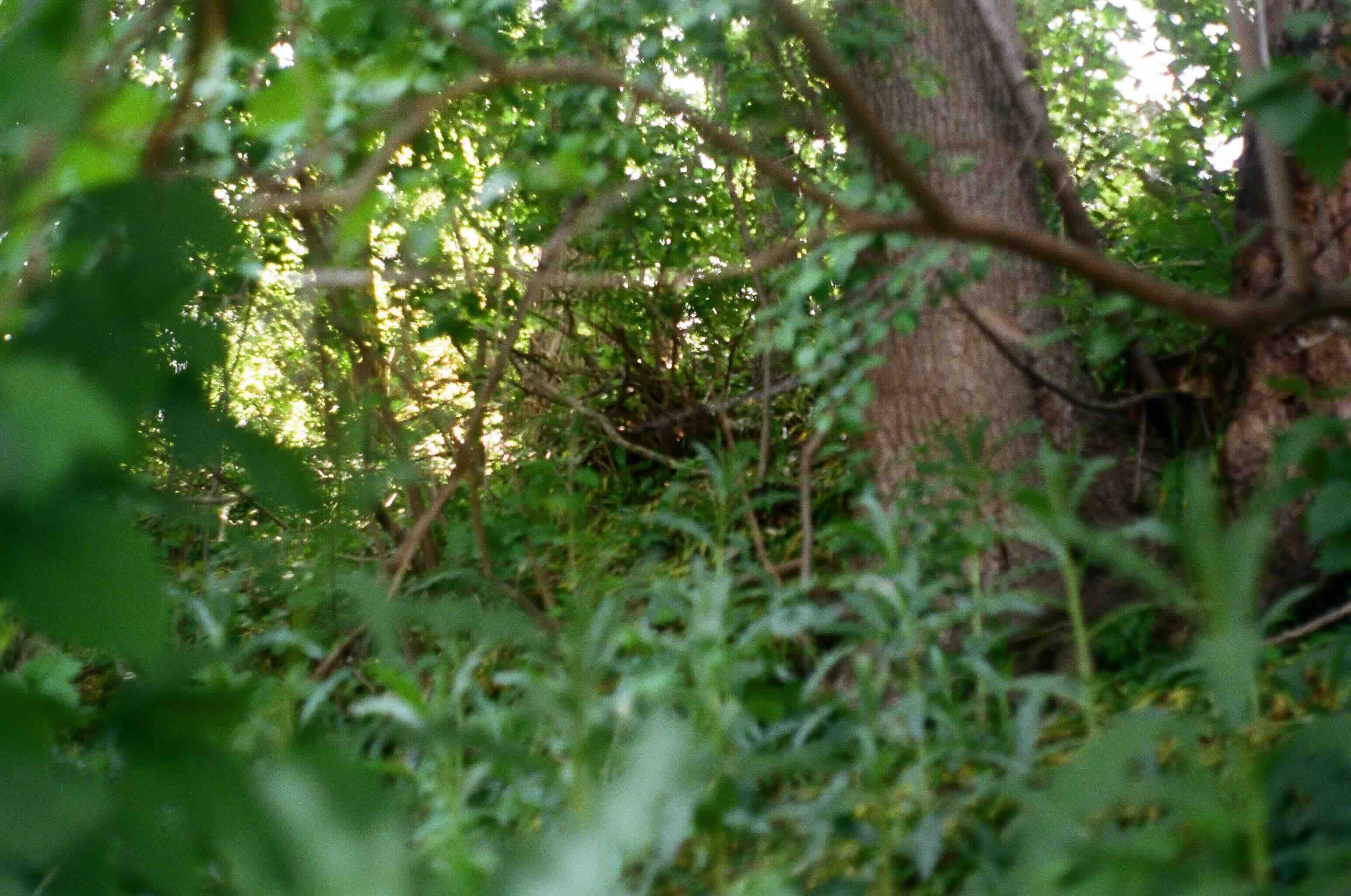
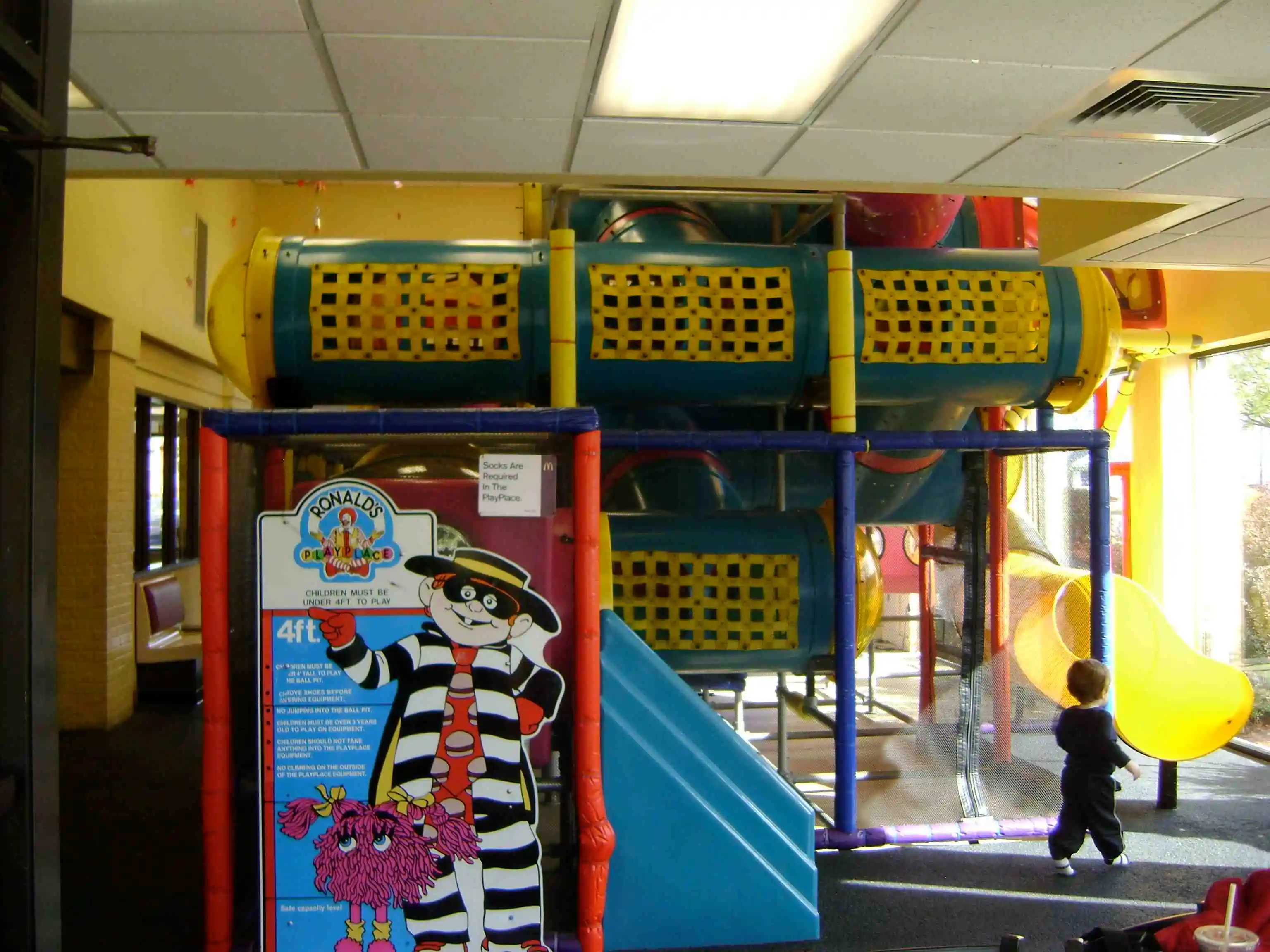
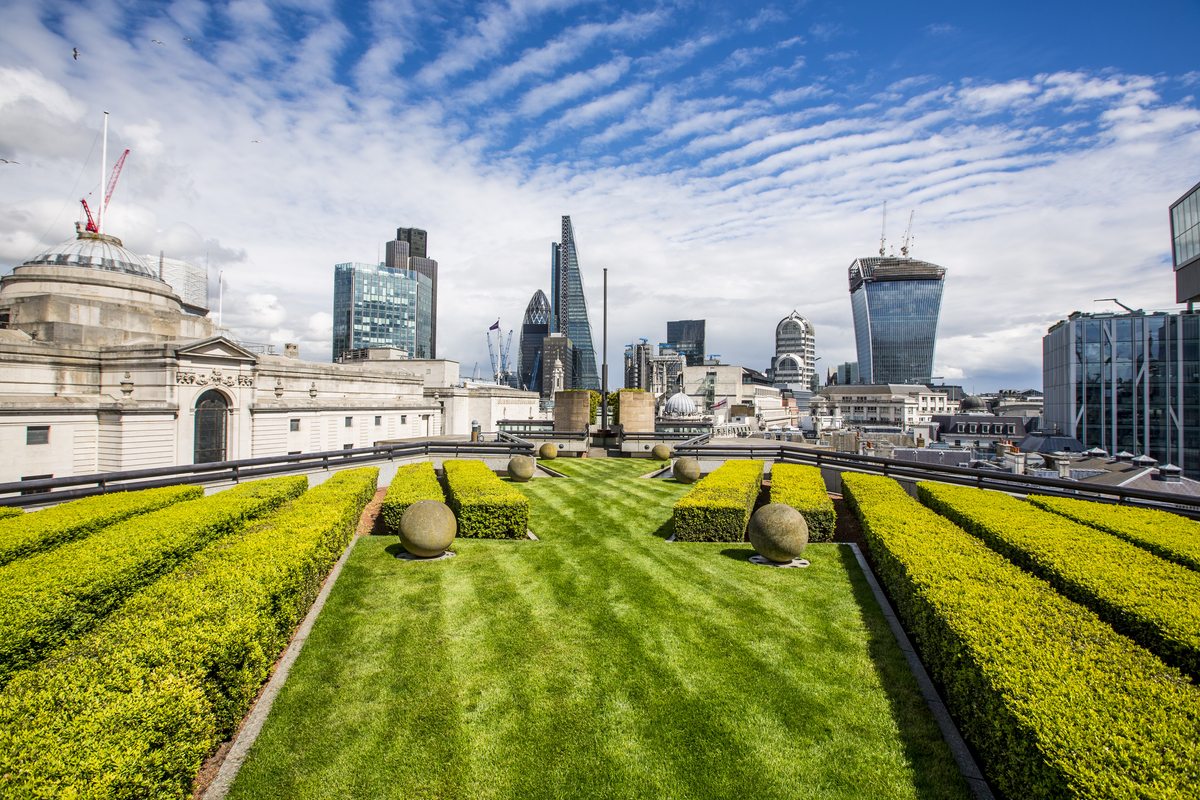
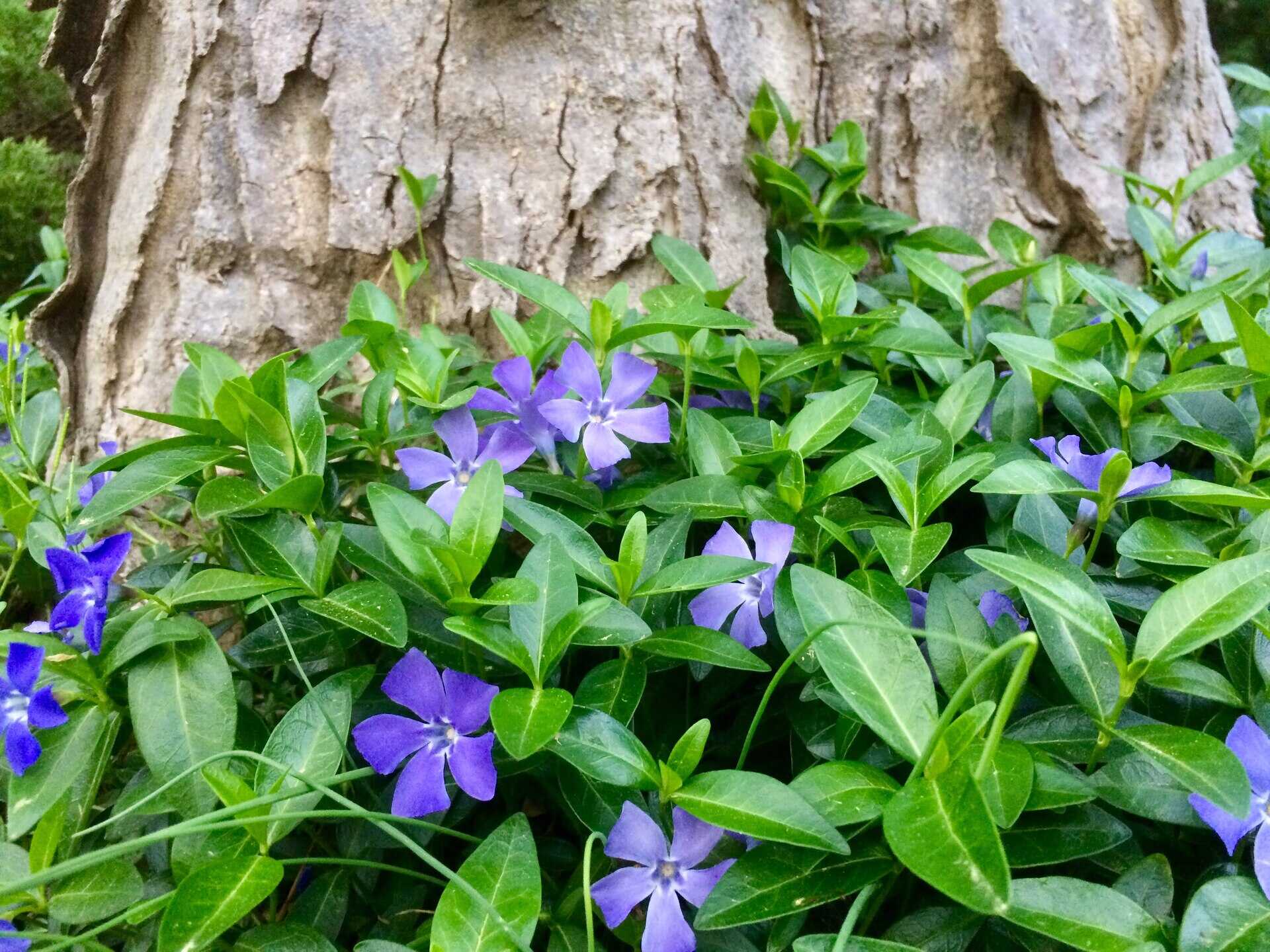
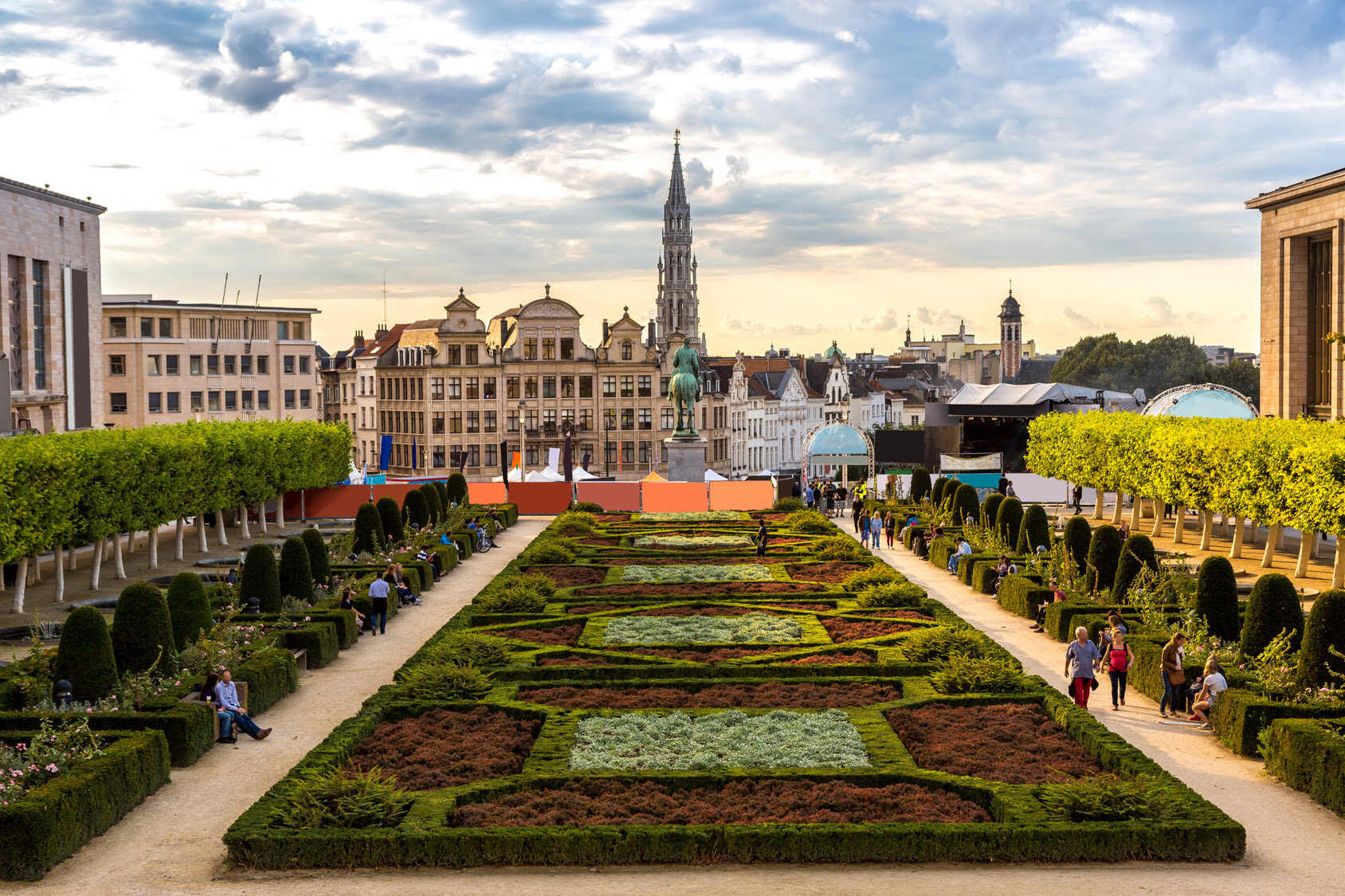

0 thoughts on “Which Is Best Artificial Grass”